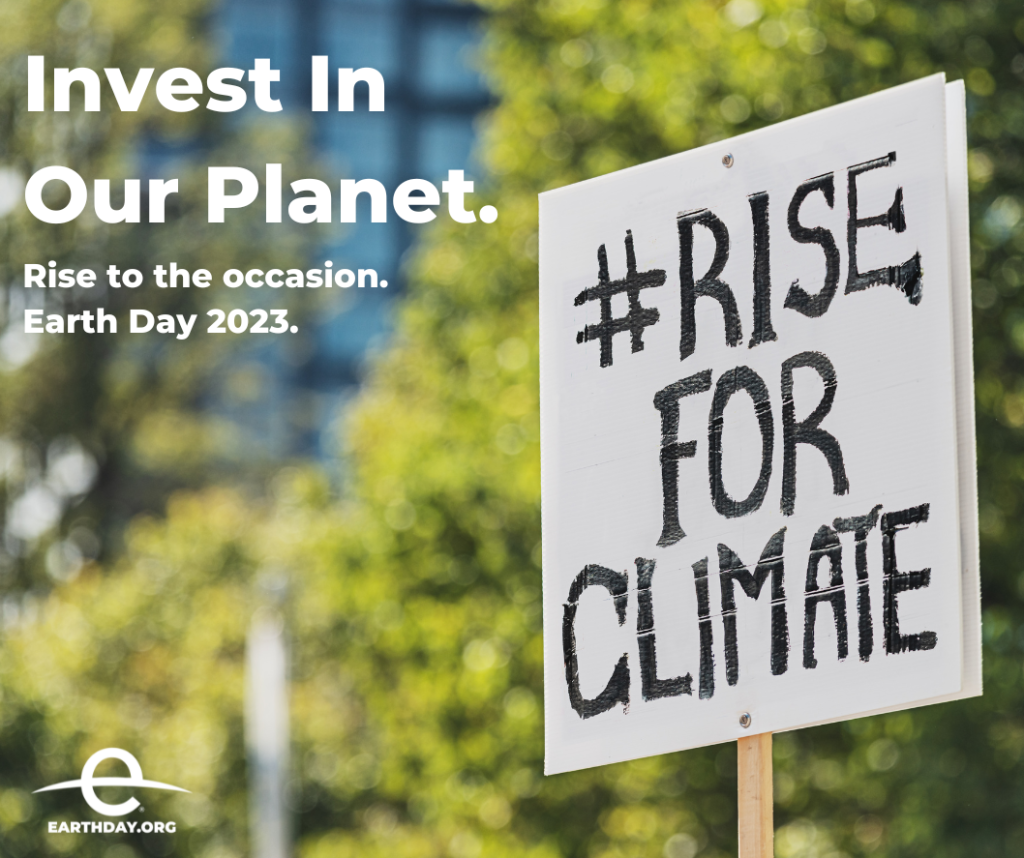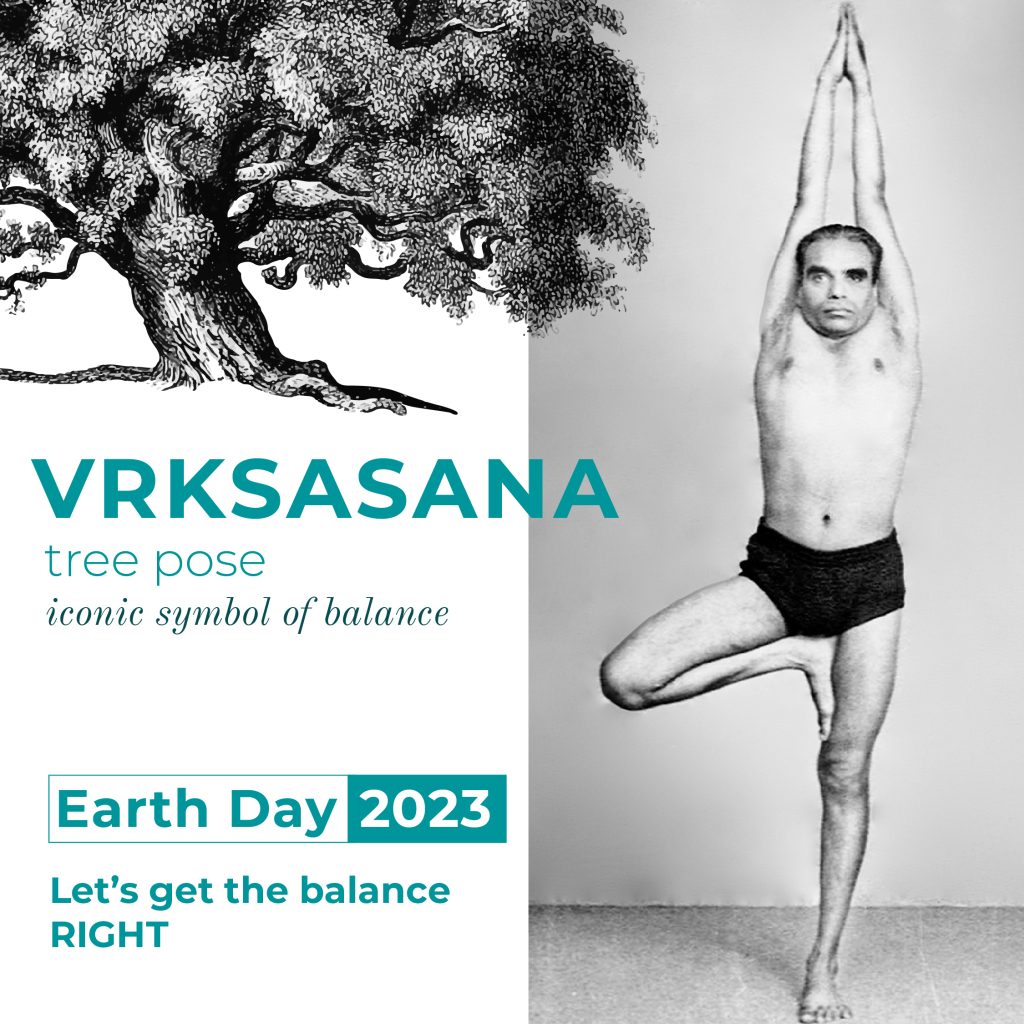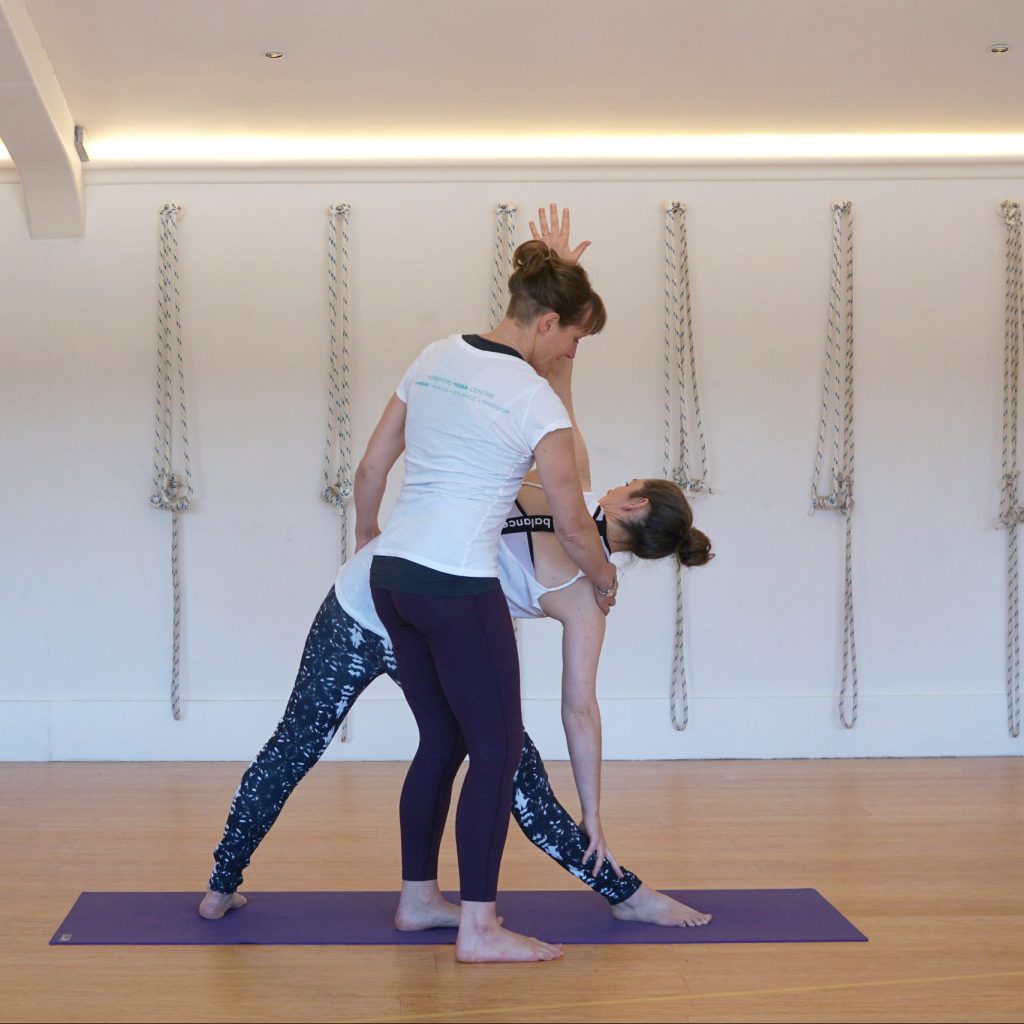 I was hoping to be among many thousands of people marching in London this weekend to demand truth and immediate collective action in response to the climate crisis. I can’t go, in the end, but I wish all who can very well. Perhaps naively, I wish them success. I live in hope, because it’s not possible to live without it. I have teenaged children one of whom particularly, after a few years of engagement with climate action, has become utterly disengaged and fatalistic about the future of humanity. I don’t blame them. Sometimes, even allowing for adolescent hormones, it seems like the only logical and realistic response as we slide over the precipice and into the catastrophe. And yet, somehow, hope persists. Without hope, action will disintegrate, and vice versa.
I was hoping to be among many thousands of people marching in London this weekend to demand truth and immediate collective action in response to the climate crisis. I can’t go, in the end, but I wish all who can very well. Perhaps naively, I wish them success. I live in hope, because it’s not possible to live without it. I have teenaged children one of whom particularly, after a few years of engagement with climate action, has become utterly disengaged and fatalistic about the future of humanity. I don’t blame them. Sometimes, even allowing for adolescent hormones, it seems like the only logical and realistic response as we slide over the precipice and into the catastrophe. And yet, somehow, hope persists. Without hope, action will disintegrate, and vice versa.
I find hope in my practice of yoga. I’m aware of what a cliché that is, and yet it doesn’t make it any less true. I have noticed how publications of environmental organisations now regularly recommend yoga- both as a way of managing anxiety (which is an altogether natural response to the reality of the situation) and of connecting with nature. They are onto something. Yogic practices were originally developed by people and through cultures that were deeply integrated with the natural world. These practices offer a framework for an exploration of our place, not only on this earth but as part of the entire universal complex. Some texts describe the body as a microcosmic reflection of the universe. The experience of ‘prkrti’, ‘nature’, the yogis discovered, is at the very core of being human. We are it, it is us. Logically then, any violation of the natural world is also a self-violation.
This is my very simple experience- that a daily practice of yoga connects me to nature. It reminds me of my humble existence as an organism within an ecosystem upon which I am completely reliant for survival. Every organism is a collection of living cells in symbiotic relationship. By studying this interdependence within the field of our own body-mind-breath, it’s possible to cultivate valuable knowledge and intuition about how we, as a species, exist in relationship to each other, to other species and to our environments. It’s about balance, and it’s about alignment.
 Think of vrksasana (tree pose); this is an iconic symbol of balance. It is also a lens through which to dive deeply into an exploration of balance as a practice in general. Balance of the weight of one’s body on one leg requires a careful distribution of resources, of energy versus time, of breath and nutrition and effort and will and poise and concentration. Try it. If one side over-does, draining resources, then the pose will soon be over. For sustainability on any scale we require an informed, practised, I’d venture an embodied, understanding of balance.
Think of vrksasana (tree pose); this is an iconic symbol of balance. It is also a lens through which to dive deeply into an exploration of balance as a practice in general. Balance of the weight of one’s body on one leg requires a careful distribution of resources, of energy versus time, of breath and nutrition and effort and will and poise and concentration. Try it. If one side over-does, draining resources, then the pose will soon be over. For sustainability on any scale we require an informed, practised, I’d venture an embodied, understanding of balance.

Jenny-May adjusting Utthita Trikonasana
It’s the same with alignment. Iyengar yoga is particularly associated, within the field of modern postural yoga, with an almost fanatical preoccupation with alignment. The alignment of the back body in Utthita Trikonasana (triangle pose) is a good illustration of this, where one may spend years working on getting the back of the left heal, the tailbone and the back of the head to line up on one plane. Why bother, when the world is burning? It’s a good question. For me, it’s partly because by studying alignment in the particular we are cultivating it as a practice in general. If, for example, policies were developed with alignment at their core there would be an end to the use of fossil fuels and a transition to green tech ensuring the protection of livelihoods, landscapes and biomes.
I was interested to read in a recent open letter from concerned scientists and engineers demanding a pause to the precipitate and dangerous development of AI, a call for measures to ensure that this technology is ‘more accurate, safe, interpretable, transparent, robust, aligned, trustworthy, and loyal’. Alignment matters. We can take our understanding, our embodiment of it, from Utthita Trikonasana, to our personal choices, to the demands we make of our governments and institutions.
For me, practising and teaching yoga is a way of maintaining hope and stability in these very distressing and uncertain times. It is a small act of resistance to the status quo of measuring everything by economic profit.It is a tiny contribution towards greater balance and alignment of people and planet. It is a daily reminder to tread lightly.
